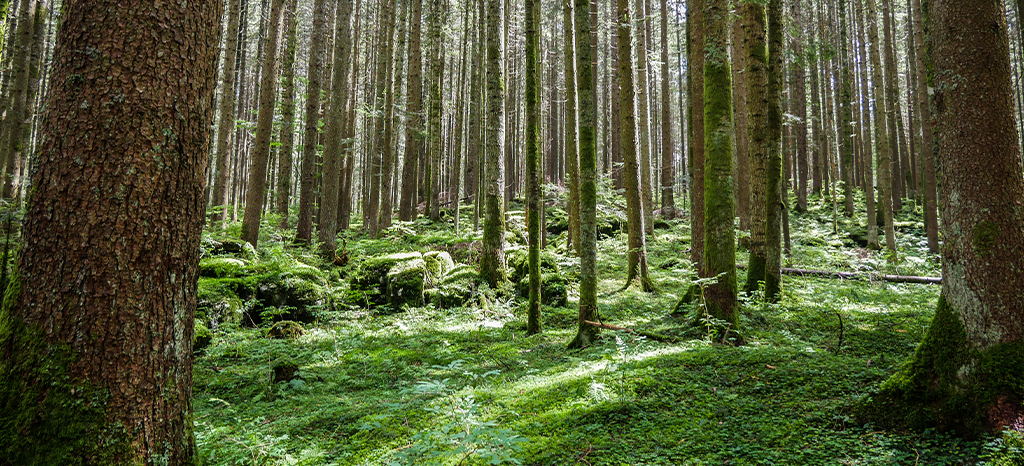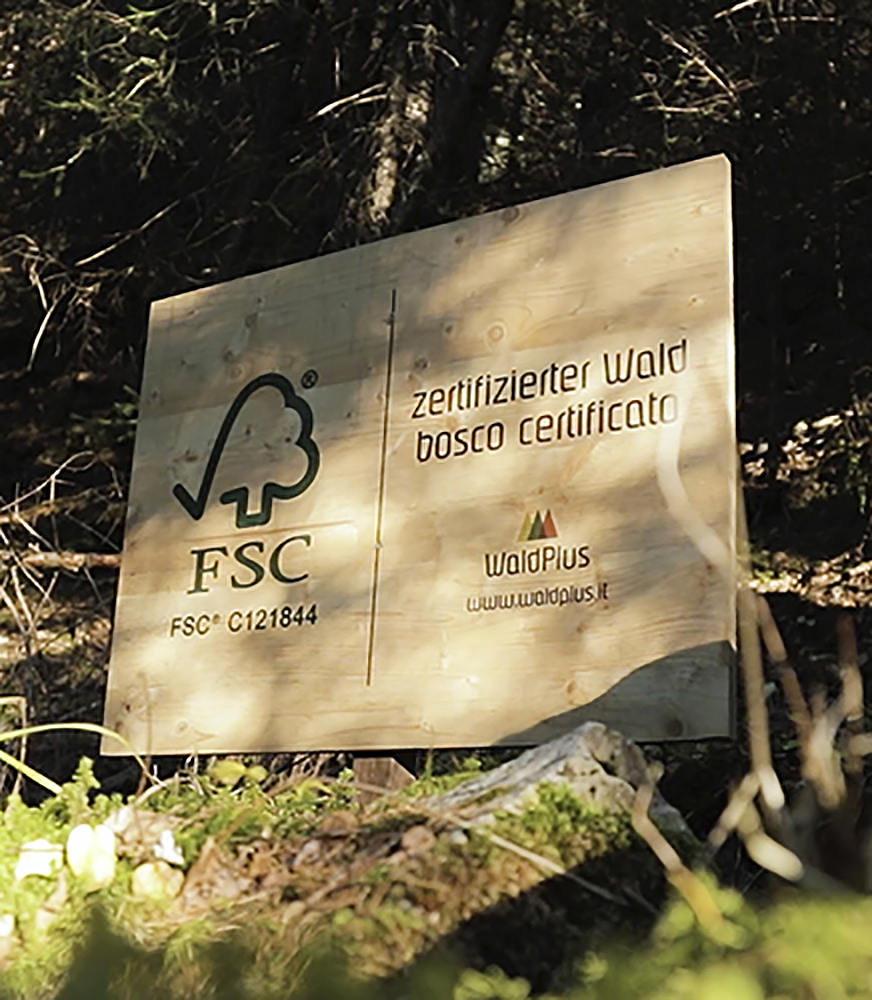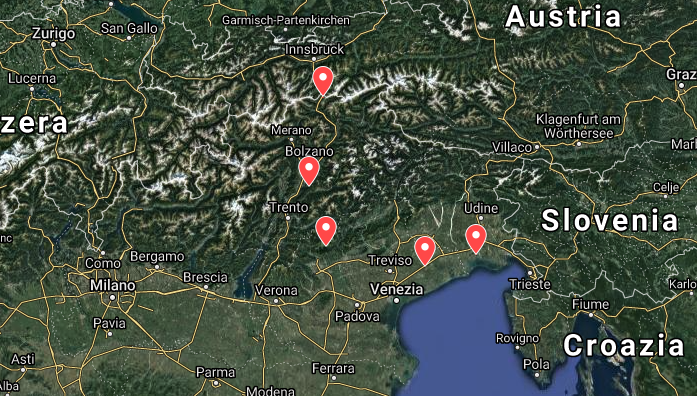
WHY INVESTING IN FORESTS?

Have you ever thought of an investment that can generate a return both for you and for nature by contributing to biodiversity conservation, the climate transition, and the development of the bioeconomy? Have you ever thought that our forests could represent an innovative and profitable investment in this sense?
Maybe at first glance it sounds strange, but it is definitely feasible. Buying forests has always represented a strategic real estate investment for the purpose of maintaining capital and generating income by families and businesses. Beyond this, in recent decades, even the financial sector has begun to look at forests as a strategic investment asset. The first examples of financial investments in forests were promoted by pension funds and insurance funds in the United States and the United Kingdom in the 1980s as a mean to diversify their investments and minimize the risk of large losses. Today, the financial capital invested in forests globally amounts to over 100 billion USD.
But why are forests a strategic investment?
In addition to the inherent characteristics of a real estate investment in land, forests have a unique capacity for capital preservation. Forests can be considered as factories and, at the same time, as warehouses. In fact, the ownership of a forest involves both the production of timber, the value of which increases as trees grow, and its conservation on site, maintaining the flexibility of choice in terms of harvest timing, which can be done when market conditions are ideal.
Furthermore, from a financial point of view, the inclusion of forest investments in investment portfolios offers at least two other advantages, which are particularly attractive for long-term investors.
- First, the reduction of the risk component within the investment portfolio, resulting from the low correlation of the forest investment returns with those of the traditional asset classes. This characteristic derives from the nature itself of this asset class: biological growth, being the most important return driver, is independent from macroeconomic and financial markets conditions typically affecting traditional asset classes (“Trees do not read the Financial Times” wrote a well-known American journalist).
- Second, the ability of forest investments to protect the investment portfolio from the effects of inflation, thanks to the capacity to maintain and increase its value over time and the high correlation with the general trend in consumer prices.
HOW CAN WE DEFINE A FOREST INVESTMENT?
An investment in forest can be define as an allocation of financial capital in a real asset and consist of the acquisition and management of bare land to afforest or of a forest stand, with the goal to obtain a financial return. The financial return is generally generated by four components:
- The biological growth of trees, which produces timber, fibres, or other marketable forest products generally considered to be the most important return driver.
- The long-term forested and responsibly managed land capital appreciation.
- The increase over the medium long term in the prices of timber and wood products. Today, the demand for timber is estimated to increase by over +30% until 2030. On the one hand, this increase is driven by the evolution in consumption habits, which are shifting towards products with low environmental impact. On the other hand, it is driven by bioeconomy policies that foster the transition towards production and energy systems based on biomaterials, such as timber and biomass.
- The valorization of other products and services. In recent years, timber trade is no longer the one and only purpose and investment models are often extended to the marketing of other forestry products and services. Therefore, an increasingly important component of timberland investment returns derives from Higher and Better Use (HBU) sales, such as wild forest products (truffles and mushrooms, game etc.), recreational services and CO2 sequestration.
CERTIFIED RESPOSIBLE MANAGEMENT AND MEASURABLE POSTIVE IMPACTS

Nowadays, we all know that forests play an important role in absorbing and conserving CO2 from the atmosphere and that they are essential for the provision of renewable raw materials as well as many other valuable environmental services, such as the conservation of soil properties, regulation of the water cycle, protection of biodiversity. Moreover, they play an important role for human social and economic development.
An essential aspect for those who invest within the framework of sustainable and responsible investments is the ability to measure and verify the positive impacts generated by their investment. In this regard, the forestry sector is at a very advanced level. Since the early 1990s, with the emergence of the concept of sustainable forest management at the institutional level, the sector has seen the development of a significant number of tools to measure and guarantee the application of concepts of sustainability and responsibility to forest management. Today, globally, there are more than 50 standards, quality protocols and rating systems applicable to forestry investments to ensure their environmental sustainability and to mitigate technological, legal, reputational, and social risks. (For further information).
The most widespread and recognized tool is the Forest Stewardship Council® (FSC®) responsible forest management certification standard. Furthermore, thanks to the recent FSC Ecosystem Services Procedure (FSC-PRO-30-006 V1-0) it is possible to identify, measure and verify with a third-party audit the positive impacts of responsible forest management on 5 categories of ecosystem services: CO2 capture and conservation, biodiversity conservation, soil conservation, water services and recreational services. To find out more about it, visit the dedicated page.
WHAT DOES ETIFOR OFFER TO SUPPORT INVESTORS?
Etifor provides consultancy support to investors throughout the investment process:
SUCCESFUL INVESTMENTS SUPPORTED BY ETIFOR
OUR GUARANTEES

We are members of the Italian Sustainable Investment Forum (ItaSIF) and signatory of the United Nations Global Compact. In addition, we are a members of the Forest Stewardship Council (FSC®) and 100% of the investments supported by us are certified according to the FSC standard, an independent third-party certification which is the international reference of environmentally appropriate, socially beneficial, and economically viable forest management.



